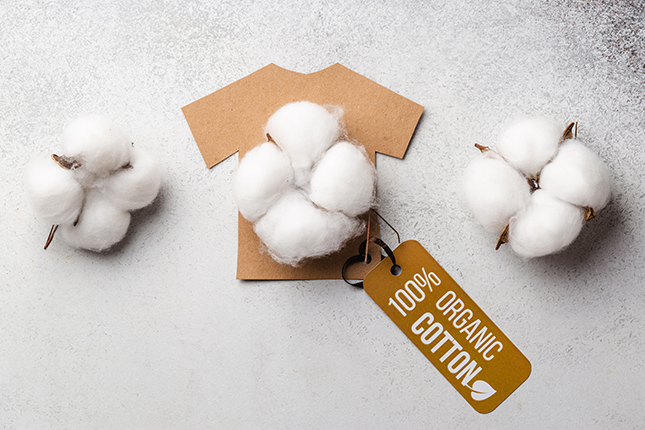The organic cotton movement in India appears to be booming, but much of this growth is fake, say those who source, process, and grow the cotton. The largest single producer of the world’s organic cotton supply is India, which accounts for half of the organic cotton sold globally and where the organic cotton movement appears to be booming. According to Textile Exchange, a leading organic proponent, organic cotton production in India alone grew 48 percent in the last year, despite the pandemic. However, much of this growth is fake, say Indians who source, process, and grow organic cotton.
At the heart of the problem is an opaque certification system rife with opportunities for fraud. Consumers are assured of “organic” material by brands, which rely on official stamps of approval from external organizations. Those, in turn, rely on reports from opaque local inspection agencies that base their conclusions on a single planned yearly inspection (in the case of the facilities) or a few random visits (for farms).

In recent months, the credibility of these inspection agencies has been destroyed. In November, the European Union voted to accept no longer Indian organic exports certified by the prominent companies responsible for organic cotton: Control Union, EcoCert, and OneCert. In January, the international agency that provides accreditation to organic inspection agencies, IOAS, withdrew OneCert’s ability to inspect and certify cotton processors for these labels.
For at least a decade, in reports and at conferences convened by agitated large brands and the network of non-governmental organizations that serve them, the organic cotton industry in India has been described as in “crisis.” However, the problems have been kept mainly out of the public eye. When confronted with the allegations of fraud, many fashion brands and their sourcing partners that use Indian organic cotton admitted that the system was not perfect but affirmed their commitment to organic cotton and said any problems that existed were located outside their supply chains.
There have been many problems in certification, transparency and others regarding the organic label. The full report can be found here.



